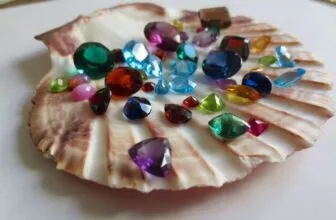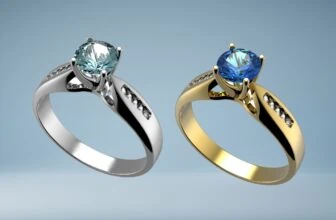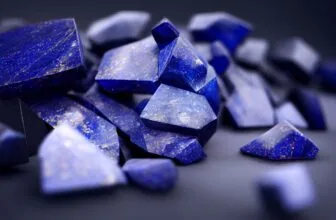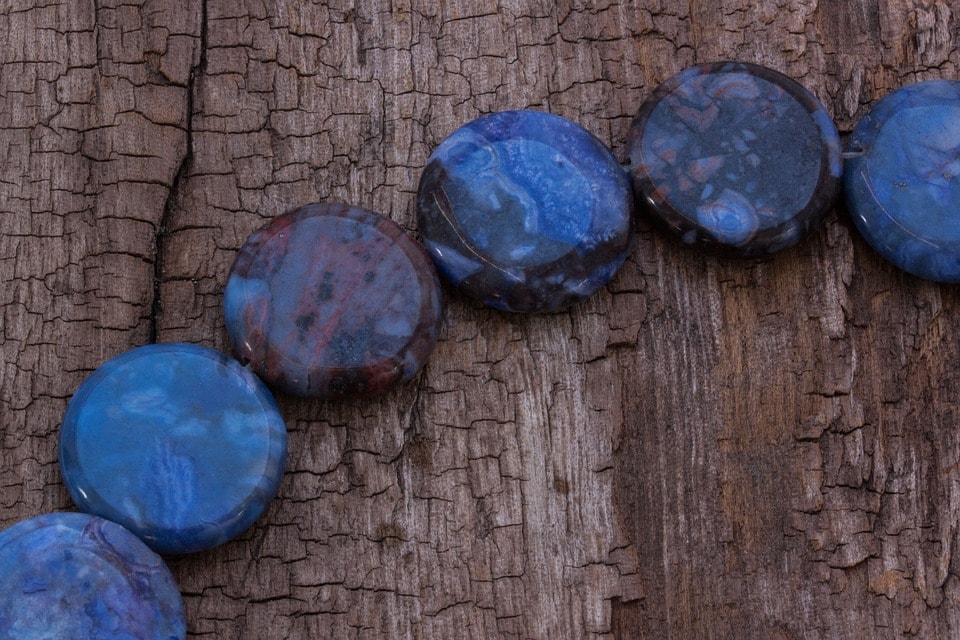
Table of Contents
Sodalite has many uses. From a gemstone used in jewelry, to a collector’s item, to a stone valued for its healing properties, there’s something for everyone with sodalite. It’s affordable, abundant, and uniquely beautiful. Sodalite is known for its stunning blue color and while it’s not a mainstream gemstone, sodalite is valued by collectors and gemstone lovers. Whatever your reasons for buying sodalite, here’s what you need to know.
What Is Sodalite?
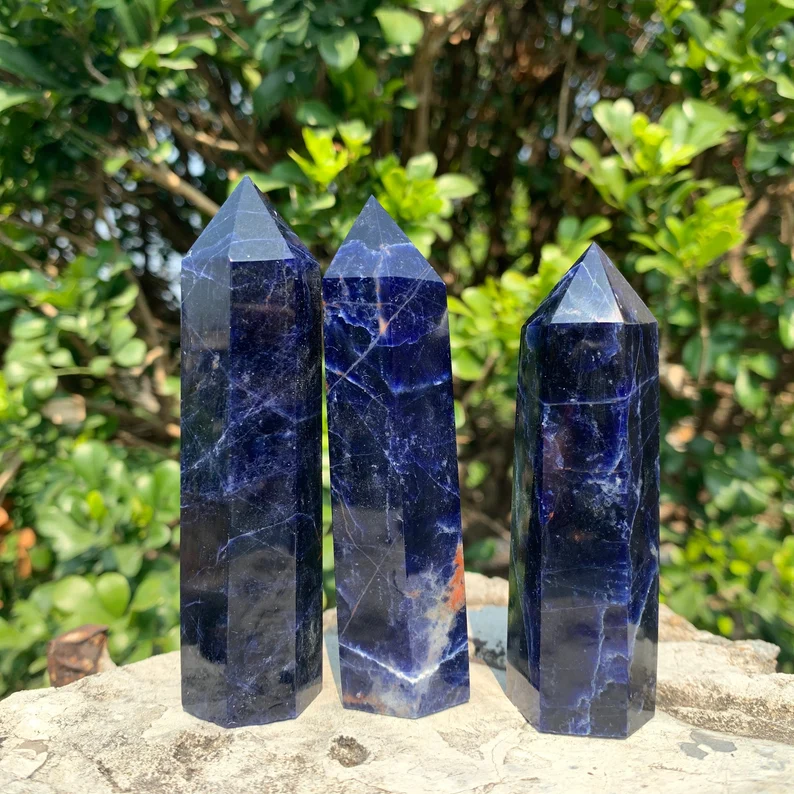
Sodalite is a member of a rather interesting mineral group. It includes the likes of lazurite, nosean, hauyne, and hackmanite. Hackmanite, for example is a sulfur-rich variety of sodalite. All of these are typically blue, except lazurite which is a bit more ultramarine because of its pyrite inclusions. Standard sodalite has more of a royal blue color.
Inclusions in Sodalite
There is no pyrite in sodalite, but instead, sodalite has high sodium content. And if you haven’t noticed, this is where sodalite gets its name from. Sod(ium)alite. Get it?
Sodalite can sometimes have hydrogen sulfide inclusions. This is why when cut, it can release a smell of rotten eggs. But the smell goes away after a while and doesn’t impact it in jewelry.
Sodalite has quite a lot of different impurities and inclusions that can be present in the stone, depending on where it’s been sourced from. It can often be pinkish or violet, as well as even gray or white. It’s also typically fluorescent. Most sodalite stones will luminesce in bright pale pink or yellow–orange.
Where Does Sodalite Come From?
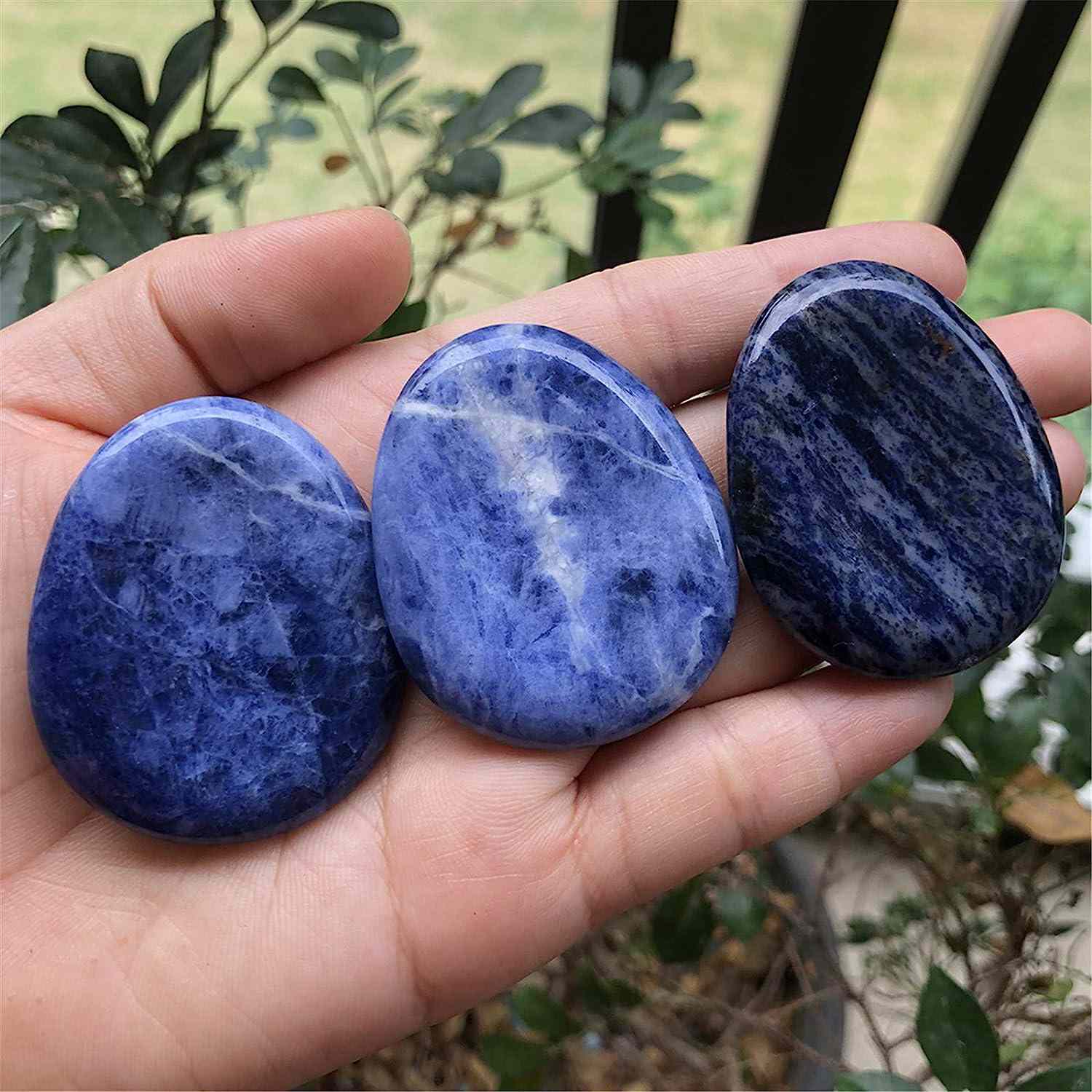
Sodalite was first discovered in Greenland in the early years of the 19th century. However, in 1891, large deposits were found in Ontario. So this made it feasible to use the stone in jewelry and other ornamentation.
Today, sodalite is mined all over the world. But the most notable mines are in Canadian provinces, including Ontario and British Columbia, produce large quantities of sodalite. Ohopoho, Namibia is another popular mining site for sodalite because of the extremely intense and solid blue minerals that come from there.
The U.S. also has quite a few sodalite mining sites in Arkansas, Maine, Colorado, New Hampshire, South Dakota, and several other states. Other countries such as Greenland, Brazil, Bolivia, Afghanistan, India, Myanmar, Scotland, Russia, Norway, and others also mine sodalite quite frequently.
The fact that sodalite is so common throughout the world is also why it’s so inexpensive. For example, here are heart-shaped natural sodalite stones costing only $3.02. While this availability brings down the value of the stone, it also makes it accessible. So why not make use of it!
How To Evaluate Sodalite Quality
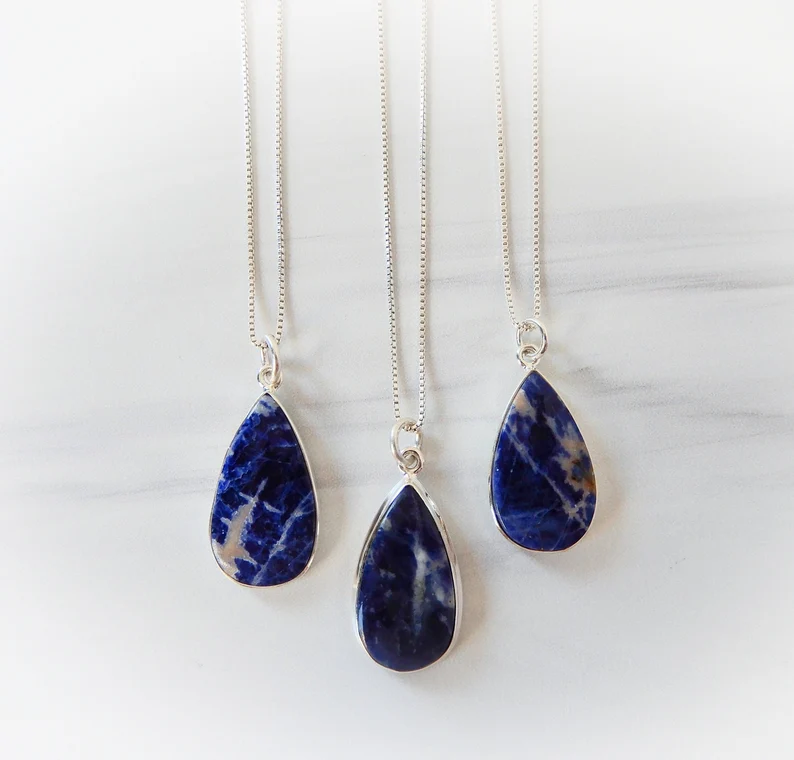
Not all sodalite stones are created equal. So to get the best gemstone for your money, it’s important to evaluate the quality of the stone.
First of all, what makes a piece of sodalite stand out is its color and saturation. The potential transparency of each individual piece also impacts on its value, with opaque pieces being less valuable. The issue with sodalite is that its color can vary greatly based on the origin, exposure to sunlight, and impurities in the stone.
Sodalite stones from Canada and Greenland, for example, tend to be pinker or violet when first mined. However, after some time in the sun, they often fade to grayish-white or pure white. Then you have hackmanite (the variety of sodalite that changes color when exposed to light) from Afghanistan and Myanmar, which usually start out white but then turn pink or violet after sunlight exposure. What’s even more interesting is that darkness tends to reverse that color-change process. All this is to say that sodalite’s color is a tricky thing to assess.
Because sodalite can vary greatly in color, the blue stones are generally considered the best and preferred over most others. In some rare cases, sodalite can be transparent. In general though, it’s usually more opaque. But even opaque sodalite can be viewed as high-quality pieces if the color is uniform and deep and if they are of a size and consistency that are suitable for cutting. Of course, even the highest quality sodalite won’t be expensive, and it’s just that common of a mineral.
Is Sodalite Jewelry a Good Idea?
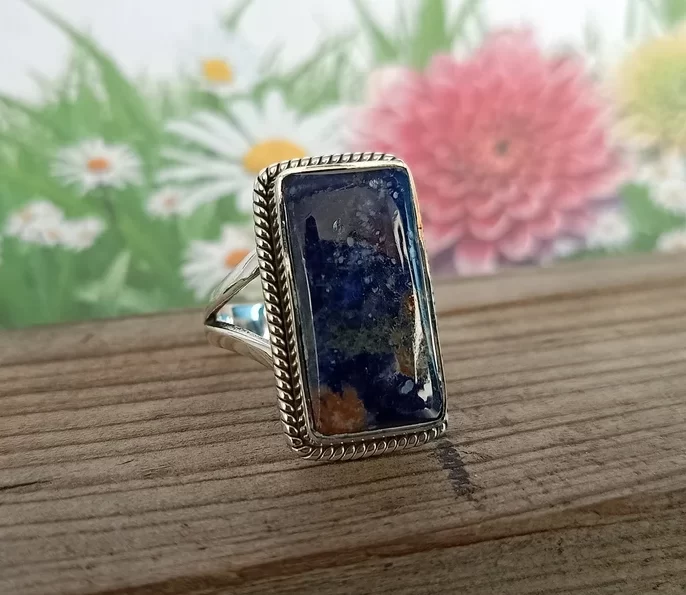
Yes, it is! Mostly an ornamental mineral, sodalite is widely used for various statuettes, figurines, and other decorative items. In jewelry, it’s sometimes used for artisan pieces, such as bead or cabochon necklaces, bracelets, and earrings. It’s excellent for boho-style jewelry and rustic pieces. But it can also polish up pretty nicely when set in sophisticated settings, like these classy earrings. Sodalite inlays are also an excellent way to incorporate the beauty of the stone without making it the focus.
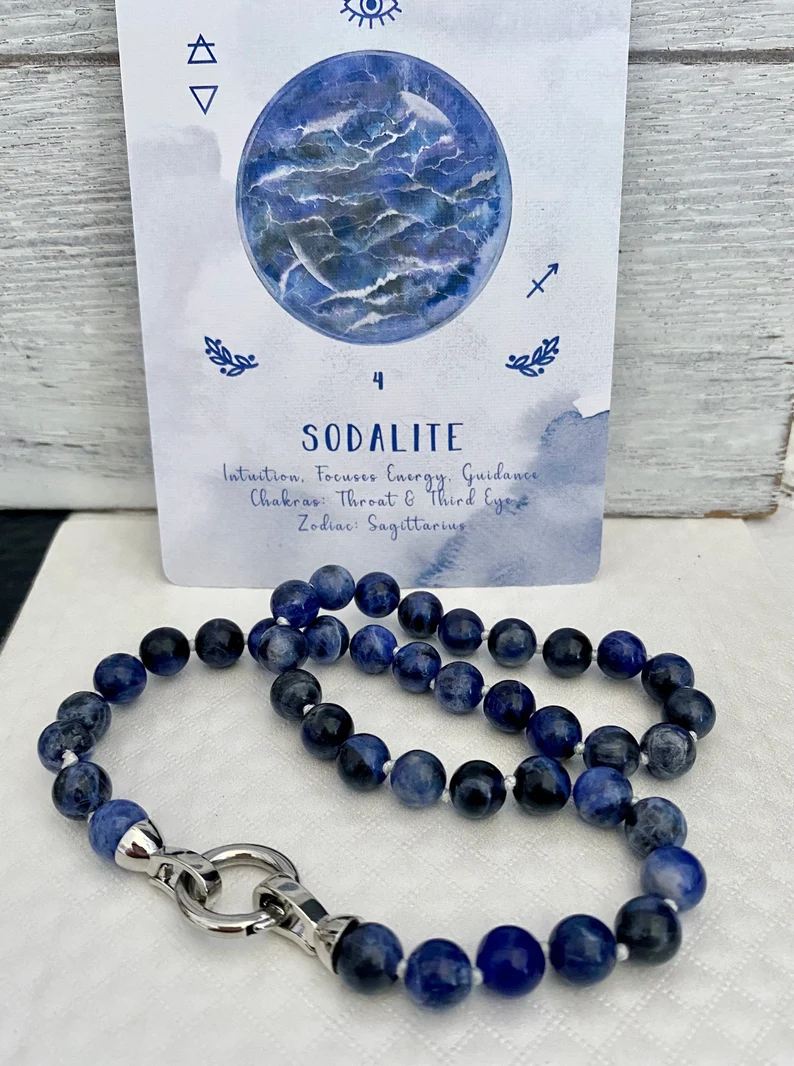
Sodalite can even make for gorgeous and affordable rings. But you have to factor in that it’s not very durable, so we wouldn’t recommend it for high-value pieces like engagement rings. It only ranks 5.5 to 6 on the Mohs scale, which is prone to scratching and damage.
Whether you want sodalite jewelry or ornamentation, look for deep blue and uniform colors, as well as a setting that offers protection to the stone. However, even if your sodalite jewelry gets damaged, replacing it is not costly.
Sodalite vs. Lapis Lazuli
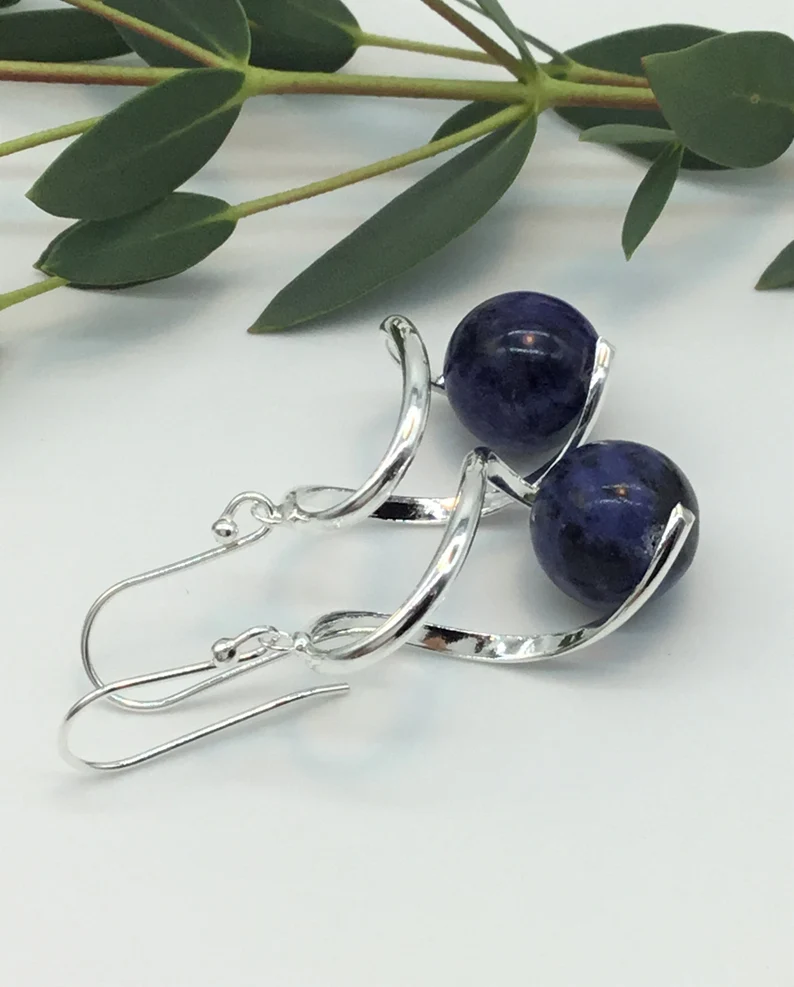
Both sodalite and lapis lazuli belong to the same mineral group and tend to come in blue. However, they are very different gemstones. Here are some key distinctions.
Lapis lazuli is much rarer than sodalite, which serves to drive its price up. On average, lapis lazuli is about two times more expensive than sodalite. Still, sodalite is sometimes used as an inexpensive imitation of lapis lazuli. Always ask about the origin of the gemstone before you purchase it.
Sodalite and lapis lazuli are usually easy to distinguish from one another as the lapis lazuli’s blue is lighter. And finally, both sodalite and lapis lazuli can contain white calcite inclusions but only lapis lazuli contains pyrite.
How Much is Sodalite Worth?
Just because sodalite is inexpensive doesn’t mean that it holds no value. Sodalite is a favorite mineral among many gemology hobbyists because of its rich color and because of how easy it is to cut and carve into various intricate shapes.
As we’ve already mentioned, the color and potential transparency are the main driving forces of sodalite’s quality. Deep blue stones that are at least partly transparent tend to be the most valued by cutters and collectors.
How To Care For Sodalite
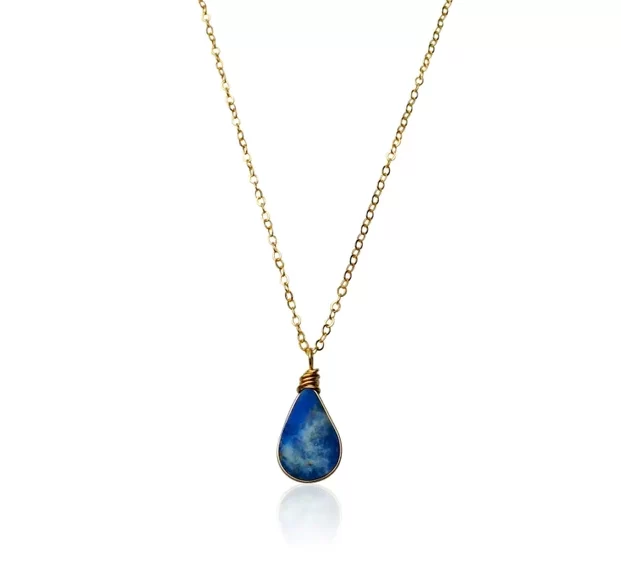
Sodalite has a relatively low hardness of 5.5 – 6 on the Mohs scale, so it can get easily scratched by most other gemstones. Even household dust can eventually scratch sodalite over time.
To make sure to avoid scratching the stone, store sodalite pieces and jewelry away from other jewelry. If you have to store them together, make sure that they are well-wrapped in cloth. Also, periodically cleaning sodalite jewelry is strongly recommended as it will prevent scratches from dust and dirt.
Lastly, remember to set your sodalite stones in protective jewelry settings to further minimize the risk of knocks and scratches, especially when it comes to rings.
Sodalite Meaning And Symbolism
Sodalite is not just known for its beauty but also its many reported healing properties. Despite a lack of scientific evidence to back these claims, many people believe in and use Sodalite for its metaphysical benefits. Here are some commonly associated healing properties of Sodalite:
- Emotional Balance: Sodalite is often used to promote emotional balance and calmness. It is believed to aid in soothing and harmonizing one’s feelings, thereby reducing stress and promoting a sense of inner peace.
- Enhanced Intuition and Mental Clarity: This stone is often associated with the Third Eye Chakra, which is believed to be the center of insight and intuition. Users may use Sodalite to stimulate this chakra, thereby improving intuition and aiding in clearer, more logical thinking.
- Boosting Self-Expression and Confidence: Sodalite is considered a stone of communication. It is believed to help foster assertiveness and self-confidence, making it easier for users to express their thoughts and feelings.
- Harmony and Trust: Sodalite is often used in group settings due to its supposed ability to promote harmony, trust, and camaraderie among team members. It’s seen as an ideal stone for fostering cooperative efforts.
- Physical Healing: While less common, some also associate Sodalite with physical healing. It’s believed to support the regulation of bodily fluids and hydration, enhance the immune system, and help treat throat-related ailments.
Known as “The Harmonizer”, sodalite is supposed to drastically improve your intuition. It’s said to help drive people to good and smart choices when everything else is pushing them the other way. It’s an often-recommended stone for people who are addicted to something but are trying to quit. It is also a stone for people who have anger issues, as it’s meant to help guide people to calmness and peace of mind.
This is what makes it an excellent stone for those who want creativity and focus. Sodalite is valued by writers for this characteristic, and it’s often called the Poet’s Stone or the Stone of Truth. It helps to promote understanding and awareness, which in turn fosters relationships and promotes communication.
Wrapping Up
Sodalite stands out with its unique hues and compelling properties. Whether you’re drawn to it for its beauty or for its reputed healing properties, Sodalite truly resonates on many levels. Wearing Sodalite jewelry not only is a visual delight but also fosters a sense of calm and increased communication abilities.
If you’re looking to buy a sodalite stone or jewelry, click here to begin your search. You’re bound to find a piece you love!


